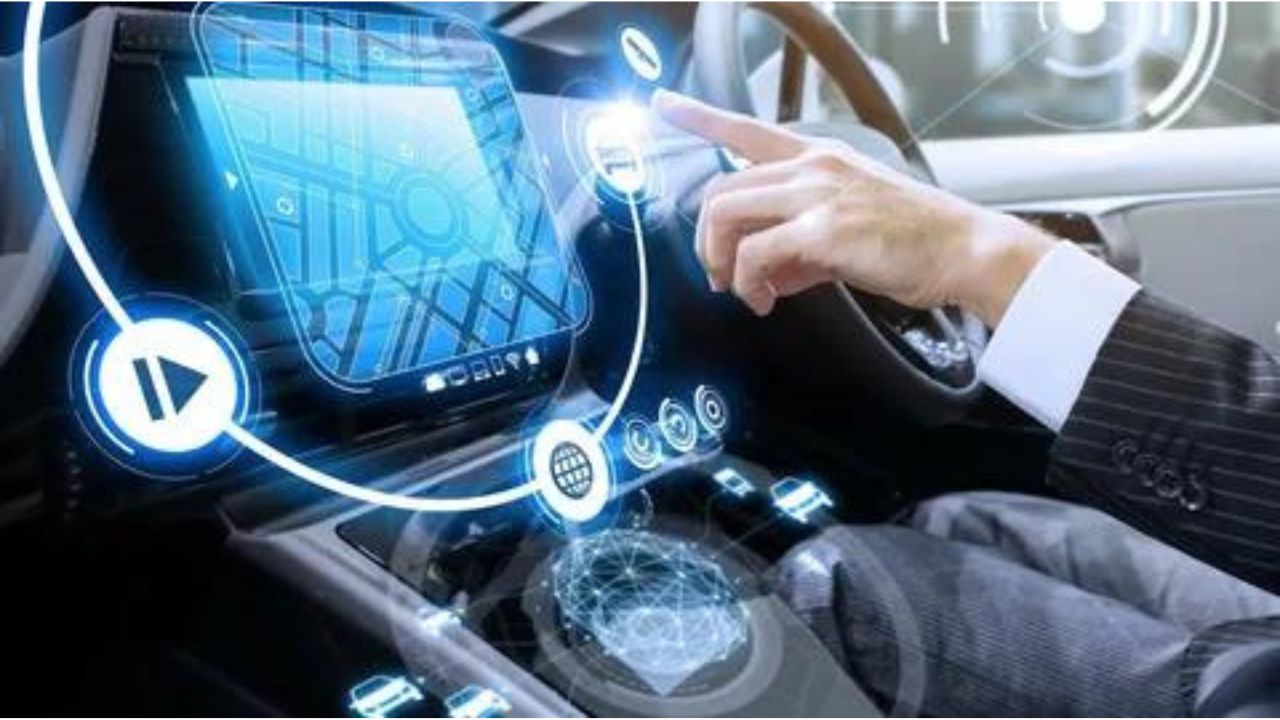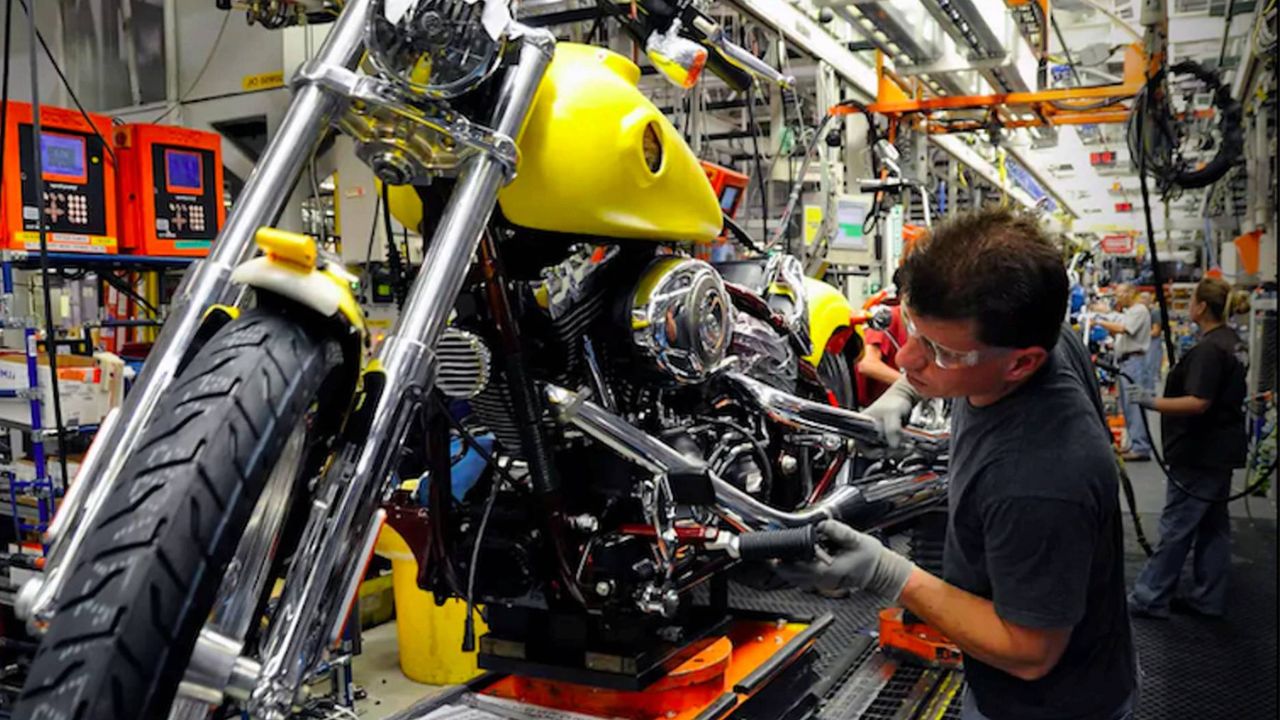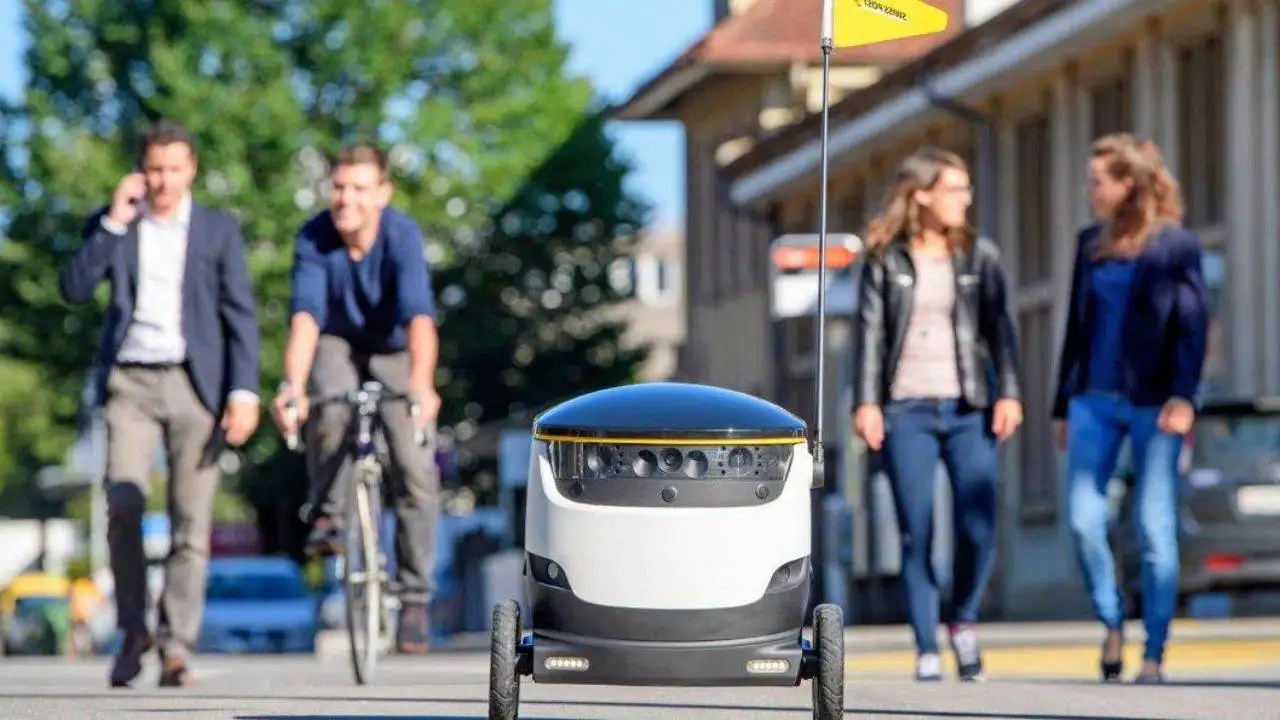Since its inception in 1955, Yamaha Motor Company has been at the forefront of revolutionizing the world of mobility. Renowned for its pioneering spirit, relentless pursuit of innovation, and unwavering commitment to excellence, Yamaha has transcended boundaries, leaving an indelible mark on the automotive, marine, and power sports industries. This article delves into the rich history, innovative endeavors, and enduring legacy of Yamaha Motor Company, a true trailblazer in the realm of transportation.
A Legacy of Innovation
Yamaha’s journey began with the vision of its founder, Genichi Kawakami, who sought to create products that bring joy and fulfillment to people’s lives. Initially producing reed organs, Yamaha soon diversified its portfolio, venturing into the production of motorcycles with the launch of the YA-1 in 1955.
This marked the beginning of Yamaha’s legacy of innovation in the automotive industry, setting the stage for decades of groundbreaking achievements.
The Pillars of Mobility Innovation
Let’s explore some key areas where innovation is driving a mobility revolution:
- Autonomous Vehicles: Transitioning to self-driving cars and trucks not only promises heightened safety but also brings potential improvements in traffic efficiency and accessibility. Envision a future where commuting transforms into productive time, and transportation choices expand for individuals unable to operate vehicles themselves.
- Electric Vehicles (EVs): The ascent of EVs marks a pivotal shift towards cleaner transportation. These vehicles hold the potential to gain widespread adoption, diminishing our reliance on fossil fuels and hastening the battle against climate change. As battery technology progresses, charging infrastructure expands, and costs diminish.
- Shared Mobility: Embracing services like ride-hailing, bike-sharing, and car-sharing presents convenient, adaptable alternatives to conventional car ownership. Such models foster resource efficiency, alleviating congestion and reducing the necessity for personal vehicles.
- Smart Infrastructure: Advanced traffic management systems, connected vehicles, and the integration of sensors into roads and infrastructure facilitate real-time traffic optimization. This, in turn, diminishes congestion and enhances safety and predictability.
- Multimodal Transportation: The integration of diverse transportation modes – encompassing public transit, walking, cycling, and ride-sharing – forges a seamless and sustainable mobility framework. Strategically designed multimodal hubs elevate accessibility and offer users a plethora of choices, promoting healthier, more environmentally conscious travel.
Excellence: The Key to Success

Innovation alone isn’t enough—a commitment to excellence must underpin these transformative technologies. This means:
- Human-Centered Design: Technology should serve people, not the other way around. Mobility solutions must be intuitive and accessible and address the needs of diverse users—including seniors, people with disabilities, and those in underserved communities.
- Safety and Reliability: Public trust is paramount. Autonomous vehicles and smart infrastructure must meet the highest safety standards, proving themselves even safer than their traditional counterparts.
- Sustainability: Mobility innovations must prioritize environmental responsibility. This means focusing on resource-efficient designs, clean energy sources, and minimizing ecological impact throughout the entire lifecycle of products and services.
Revolutionizing the Motorcycle Industry

From the iconic two-stroke RD series to the high-performance YZF-R1, Yamaha motorcycles have consistently pushed the boundaries of performance, design, and technology. Yamaha’s commitment to engineering excellence and a deep understanding of rider needs have cemented its position as a leader in the motorcycle industry.
Whether it’s dominating the racetrack or delivering exhilarating street performance, Yamaha motorcycles embody the spirit of innovation and performance.
Diversification into Marine Products
In the 1960s, Yamaha expanded its horizons beyond land-based transportation, venturing into the production of marine engines and watercraft. Leveraging its expertise in engine design and manufacturing, Yamaha quickly gained recognition for producing reliable, high-performance outboard motors and personal watercraft.
Today, Yamaha Marine continues to lead the industry with innovative technologies such as the groundbreaking VMAX SHO series and the revolutionary Helm Master EX system, offering boaters unmatched reliability, efficiency, and performance on the water.
The Pursuit of Excellence in Power Sports
Yamaha’s commitment to innovation extends beyond motorcycles and marine products into the realm of power sports. From snowmobiles and ATVs to side-by-side vehicles, Yamaha’s diverse lineup of power sports products caters to outdoor enthusiasts worldwide.
With a focus on durability, versatility, and off-road performance, Yamaha power sports vehicles enable riders to conquer rugged terrain with confidence, pushing the boundaries of exploration and adventure.
Global Expansion and Impact
Over the years, Yamaha Motor Company has expanded its global footprint, establishing manufacturing facilities, research and development centers, and sales networks across continents. With a presence in over 180 countries and regions, Yamaha’s products touch the lives of millions, offering mobility solutions that enhance quality of life and empower people to pursue their passions.
Commitment to Sustainability
As a responsible corporate citizen, Yamaha is committed to sustainability and environmental stewardship. Through initiatives such as the Yamaha Environmental Plan 2050, the company aims to minimize its environmental footprint by reducing greenhouse gas emissions, conserving resources, and promoting eco-friendly manufacturing processes.
Yamaha’s dedication to sustainability extends to its products, with the development of electric motorcycles, hybrid marine engines, and fuel-efficient power sports vehicles that minimize environmental impact without compromising performance.
Embracing Digital Transformation
In an era of rapid technological advancement, Yamaha Motor Company embraces digital transformation to stay ahead of the curve. From connected motorcycles with advanced telemetry systems to smart marine engines equipped with digital gauges and navigation aids, Yamaha integrates cutting-edge technology into its products to enhance safety, convenience, and performance for customers.
Challenges in Implementing Innovation
Despite the promise of innovation, the transportation sector faces its fair share of challenges. Infrastructure Limitations and Regulatory Hurdles often hinder the seamless integration of new technologies. Moreover, concerns regarding Data Security and Privacy loom large as transportation systems become increasingly interconnected.
Conclusion
Yamaha Motor Company stands as a beacon of innovation, excellence, and passion in the world of mobility. From humble beginnings as a manufacturer of reed organs to its current status as a global powerhouse in motorcycles, marine products, and power sports vehicles, Yamaha’s journey is a testament to the power of vision, determination, and relentless pursuit of excellence. As Yamaha continues to push the boundaries of innovation and sustainability, the company remains dedicated to shaping the future of mobility, enriching lives, and inspiring generations to come.
FAQ
How is innovation shaping the future of transportation?
Innovation in transportation is reshaping the way we travel, with advancements in electric vehicles, autonomous technologies, and smart infrastructure leading the way.
What are the biggest challenges in implementing new transportation technologies?
Infrastructure limitations, regulatory hurdles, and concerns regarding data security and privacy pose significant challenges to the seamless integration of new transportation technologies.
How can transportation become more sustainable?
Sustainable transportation solutions such as electric vehicles, hybrid technologies, and public transit optimization are key to reducing carbon emissions and combatting climate change.
What role does artificial intelligence play in transforming transportation?
Artificial intelligence is driving advancements in predictive maintenance, traffic management, and autonomous vehicles, optimizing routes, reducing congestion, and enhancing safety.
How can individuals contribute to revolutionizing mobility?
Individuals can contribute to revolutionizing mobility by opting for sustainable transportation options, advocating for infrastructure improvements, and embracing innovation in their daily lives.
What are the key benefits of revolutionizing mobility through innovation and excellence?
Revolutionizing mobility leads to faster, safer, and more sustainable transportation systems, improving connectivity, accessibility, and quality of life for all.

